Home>Dining>Table Decor>When To Pick Cattails For Floral Arrangements
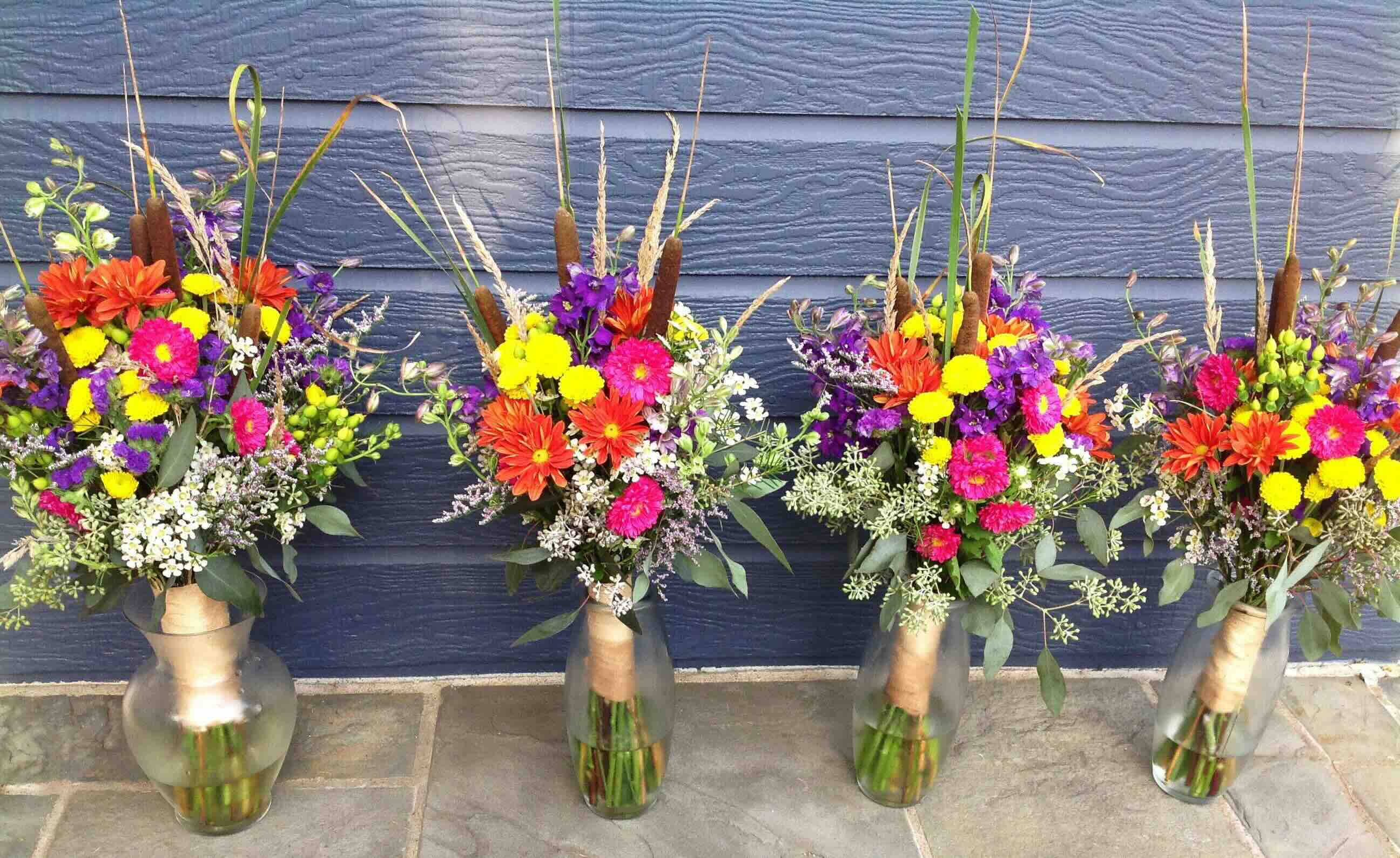

Table Decor
When To Pick Cattails For Floral Arrangements
Modified: December 7, 2023
Discover when to pick cattails for stunning floral arrangements that will elevate your table decor. Learn how to choose the perfect cattails for a unique and beautiful centerpiece.
(Many of the links in this article redirect to a specific reviewed product. Your purchase of these products through affiliate links helps to generate commission for Storables.com, at no extra cost. Learn more)
Introduction
When it comes to creating stunning floral arrangements, the choice of materials is crucial. While flowers take the spotlight, incorporating unique elements like cattails can add a touch of whimsy and natural beauty to your creations. Cattails, with their distinctive appearance and versatility, have gained popularity in the world of table decor.
In this article, we will explore the art of incorporating cattails into floral arrangements, from understanding the plant itself to mastering the techniques of harvesting and arranging these beautiful plants. Whether you are a professional floral designer or someone who simply loves the beauty of nature, this guide will provide you with the knowledge and inspiration to elevate your floral designs to the next level.
Key Takeaways:
- Embrace the natural elegance of cattails in floral arrangements to add whimsy and symbolic meaning to your designs. Consider factors like maturity and seasonality for optimal selection and create visually stunning displays.
- Harvest cattails responsibly, prepare them with care, and unleash your creativity to create captivating floral arrangements. Pair with complementary elements, experiment with styles, and maintain their freshness for lasting beauty.
Read more: How To Pick Floral Arrangements For Weddings
Understanding Cattails
Cattails, scientifically known as Typha, are tall, slender plants that are commonly found near bodies of water such as marshes, ponds, and wetlands. These plants are known for their distinctive appearance, with long cylindrical spikes protruding from tall, sturdy stems. Cattails are native to North America and can also be found in other parts of the world.
One of the defining features of cattails is their unique seed heads, which resemble a brown sausage-like structure. These seed heads are composed of numerous tiny seeds and fluffy cotton-like material, allowing for easy dispersal through wind or water. The fluffy material also adds a soft and airy touch to floral arrangements.
Aside from their aesthetic appeal, cattails also offer various practical uses. Historically, indigenous communities have utilized every part of the cattail plant for different purposes. The stems are known for their fibrous nature, making them useful for weaving baskets and mats. The young shoots of cattails are edible and have been used as a food source in some cultures.
When incorporating cattails into your floral designs, it is essential to recognize the symbolism associated with these plants. Cattails often represent abundance, prosperity, and resilience. They symbolize adaptability and the ability to thrive in challenging environments, making them a meaningful addition to any arrangement or centerpiece.
Understanding the nature and significance of cattails will allow you to appreciate their beauty and incorporate them into your floral designs with a deeper level of understanding and creativity.
Factors to Consider
Before picking cattails for your floral arrangements, there are several factors to consider to ensure you choose the best specimens:
- Location: Cattails grow in wetland areas, so it is crucial to identify a suitable location with access to marshes or ponds. Make sure to obtain permission if you plan to harvest cattails from private property or protected areas.
- Maturity: The stage of maturity of the cattail plant affects its appearance and durability. For floral arrangements, it is generally recommended to pick cattails when they are fully mature but before they release their seeds. At this stage, the seed heads are typically fluffy and intact, making them ideal for arrangements.
- Condition: Inspect the cattails for any signs of damage, disease, or infestations. Choose plants that are vibrant in color and free from blemishes.
- Quantity: Consider the quantity of cattails needed for your floral arrangements. Take into account the size of your arrangements and the desired impact. It is always advisable to harvest more cattails than you think you will need, as it is better to have extra stems to work with.
- Timing: Timing is crucial when picking cattails. Aim to harvest them during the cooler parts of the day, such as early morning or late afternoon, to retain their freshness and minimize wilting.
- Seasonality: Cattails display different appearances throughout the year. The best time to pick cattails for floral arrangements is typically during late summer to early fall when the seed heads are fully developed. However, if you prefer a more avant-garde or unique look, you may experiment with different seasons and stages of growth.
By considering these factors, you can ensure that the cattails you pick are in prime condition and perfectly suited for your floral arrangements. This attention to detail will result in the creation of visually stunning and long-lasting displays.
When to Pick Cattails
Picking cattails at the right time is crucial to ensure their freshness, durability, and visual appeal in your floral arrangements. Here are some guidelines to help you determine the ideal time for harvesting cattails:
- Stage of Development: As mentioned before, it is best to pick cattails when they are fully mature but before they release their seeds. At this stage, the seed heads are typically fluffy and intact, providing a striking visual element in your arrangements. Avoid picking cattails when the seed heads have fully dispersed, as they may not hold up well in arrangements.
- Fall Season: Late summer to early fall is generally the best time to harvest cattails for floral arrangements. During this time, the cattails are usually at their peak, exhibiting robust growth and fully developed seed heads. Take advantage of the vibrant colors and textures that autumn offers to create eye-catching arrangements.
- Weather Conditions: Check the weather forecast before picking cattails. Avoid harvesting them during wet or rainy periods, as moisture can make the seed heads soggy and lead to faster decay. Dry weather or slightly dewy mornings are ideal for harvesting cattails as they tend to be sturdier and have a longer shelf life.
- Morning or Evening: Choose to pick cattails during the cooler parts of the day, such as early morning or late afternoon. This is when the plants are less stressed by heat and transpiration rates are lower. Picking cattails during these times will help preserve their freshness and prevent wilting.
Each season and location may have variations in the ideal picking time for cattails. It is always recommended to observe and learn from the local environment and experience. Don’t be afraid to experiment, as you may find unexpected beauty in the different stages of growth or unique characteristics of cattails throughout the year.
By selecting cattails at the optimal time, you can ensure that they remain vibrant and visually appealing in your floral arrangements, bringing a touch of natural elegance to any setting.
Pick cattails for floral arrangements in late summer or early fall when they are fully mature but before they start to release their fluffy seeds. Cut them at the base and use them in fresh or dried arrangements.
Best Practices for Harvesting
Harvesting cattails requires care and attention to ensure that you obtain the best quality stems for your floral arrangements. Follow these best practices to ensure a successful harvest:
- Observe Local Regulations: Before harvesting cattails, familiarize yourself with any local regulations or restrictions. Some areas may have specific rules regarding the collection of plants from wetland habitats. Obtain necessary permits or permissions if required.
- Identify Suitable Locations: Look for areas with healthy concentrations of cattails, such as marshes or ponds. Avoid picking cattails from polluted or contaminated areas to ensure their safety and integrity.
- Use Pruning Shears or Knife: Equip yourself with a sturdy pair of pruning shears or a sharp knife. These tools will allow for clean and precise cuts, minimizing damage to the stems and increasing their lifespan.
- Select Healthy Stems: Inspect each cattail stem carefully before cutting. Choose stems that are tall, sturdy, and free from blemishes, pests, or diseases. Opt for cattails that exhibit vibrant colors and robust seed heads for the best visual impact in your arrangements.
- Cut at the Base: To ensure a clean cut, position your shears or knife at the base of the stem, close to the ground. Avoid smashing or crushing the stem as this can impact the overall quality and durability of the cattail.
- Harvest a Variety of Lengths: For versatility in your floral designs, harvest cattails of various lengths. Longer stems can be used as focal points in larger arrangements, while shorter stems can be incorporated into mixed bouquets or smaller-scale designs.
- Transport Properly: After cutting the cattails, place them in a container or bucket filled with water. This will help prevent wilting and keep the stems hydrated until you are ready to process them for your floral arrangements.
- Leave Some Stems Behind: When harvesting cattails, be mindful of the ecosystem and the future growth of the plant. Leave behind a portion of the cattails in their natural habitat to ensure their sustainability and support the local wildlife.
By following these best practices, you can ensure a successful and responsible harvest of cattail stems. This will result in high-quality materials that will contribute to stunning and long-lasting floral designs.
Read more: What Are Floral Arrangements
Preparing Cattails for Floral Arrangements
Once you have harvested the cattails for your floral arrangements, there are several key steps to follow to prepare them for optimal aesthetic appeal and longevity:
- Remove Excess Foliage: Trim away any excess foliage from the lower portion of the cattail stems. This will ensure a cleaner and more streamlined look in your arrangements.
- Inspect for Pests or Debris: Carefully inspect each cattail stem for any signs of pests or debris. Remove any unwanted visitors or foreign material that may have attached themselves to the stems.
- Remove Outer Covering: In some cases, the outer covering of the cattail seed head may have started to dry out or become discolored. Gently peel away the outer covering, revealing the fluffy seed head beneath. This will enhance the visual appeal of the cattail in your arrangements.
- Trim the Ends: Before placing the cattails in water, trim the ends of the stems at a slight angle. This will create a fresh surface for water absorption, improving the longevity of the cattails in your arrangements.
- Condition in Water: Fill a clean container with fresh water and place the trimmed cattail stems in it. Allow the stems to condition in the water for a few hours or overnight. This will rehydrate the cattails and enhance their overall appearance.
Preparing cattails for floral arrangements is a simple yet essential process that helps to maximize their beauty and ensure their longevity. Taking the time to go through these steps will result in vibrant, healthy cattails that are ready to be incorporated into stunning designs.
Tips for Arranging Cattails
Arranging cattails in floral designs requires a thoughtful approach to create visually appealing and cohesive arrangements. Consider the following tips to make the most of these unique elements:
- Pair with Complementary Elements: Cattails work well with a variety of other floral materials and foliage. Pair them with flowers that have a similar color palette or texture to create a harmonious arrangement. Greenery such as eucalyptus or ferns can provide a beautiful backdrop for the cattails.
- Create Height and Structure: Cattails, with their tall and slender profiles, are ideal for adding height and structure to floral designs. Use them as the focal point or centerpiece of your arrangement to create a visually striking display.
- Consider Vase Shape and Size: Choose a vase or container that complements the height and shape of the cattails. Tall, cylindrical vases work well to showcase the natural beauty of these plants, while wider and shorter containers can provide a more compact and modern look.
- Use Cattails as Accent Pieces: Cattails can also be used as accent elements in smaller arrangements or bouquets. Trim the stems to different lengths and tuck them among other flowers to add a touch of whimsy and visual interest.
- Experiment with Arrangement Styles: Don’t be afraid to experiment with different arrangement styles to showcase the versatility of cattails. Incorporate them into traditional floral centerpieces, create minimalist designs with a single stem, or even use them in more unconventional and artistic ways.
- Add Texture and Contrast: Combine cattails with other elements that offer contrast in texture. This can include feathery foliage, delicate blooms, or even branches. The play of different textures will add depth and visual interest to your arrangement.
- Consider Seasonal Themes: Incorporate cattails into seasonal themes or holiday arrangements. In autumn, pair them with pumpkins, fall foliage, and warm-toned flowers. During the winter holiday season, combine them with evergreen branches and festive accents.
- Refresh Water Regularly: Cattails, like other cut flowers, benefit from fresh water. Change the water in your vase every few days to keep the arrangement looking fresh and vibrant. Trim the stems slightly each time to facilitate water absorption.
By following these tips and allowing your creativity to shine, you can create stunning floral arrangements that highlight the unique beauty of cattails. Experiment with different styles, pairings, and seasonal themes to truly make these plants a focal point in your designs.
Conclusion
Incorporating cattails into your floral arrangements opens up a world of possibilities, adding natural elegance and a touch of whimsy to your designs. These unique plants, with their tall stems and fluffy seed heads, offer both visual appeal and symbolic meaning in table decor.
By understanding the nature of cattails and considering the factors involved in picking them, you can ensure the selection of high-quality specimens for your arrangements. Harvesting them responsibly and preparing them properly will maximize their aesthetic value and longevity.
When arranging cattails, creativity is key. Whether used as focal points or accent elements, they can bring height, structure, and texture to your designs. Paired with complementary flowers and foliage, cattails can create stunning centerpieces and bouquets that captivate and delight the senses.
Remember to maintain the freshness of the cattails by regularly refreshing the water in your arrangements and trimming the stems. This will help preserve their beauty for as long as possible.
In conclusion, cattails are a versatile and fascinating addition to any floral arrangement. From their symbolism of resilience to their natural aesthetics, they offer a unique touch that will elevate your table decor. Embrace their beauty, experiment with different styles and pairings, and let your creativity flourish.
Frequently Asked Questions about When To Pick Cattails For Floral Arrangements
Was this page helpful?
At Storables.com, we guarantee accurate and reliable information. Our content, validated by Expert Board Contributors, is crafted following stringent Editorial Policies. We're committed to providing you with well-researched, expert-backed insights for all your informational needs.
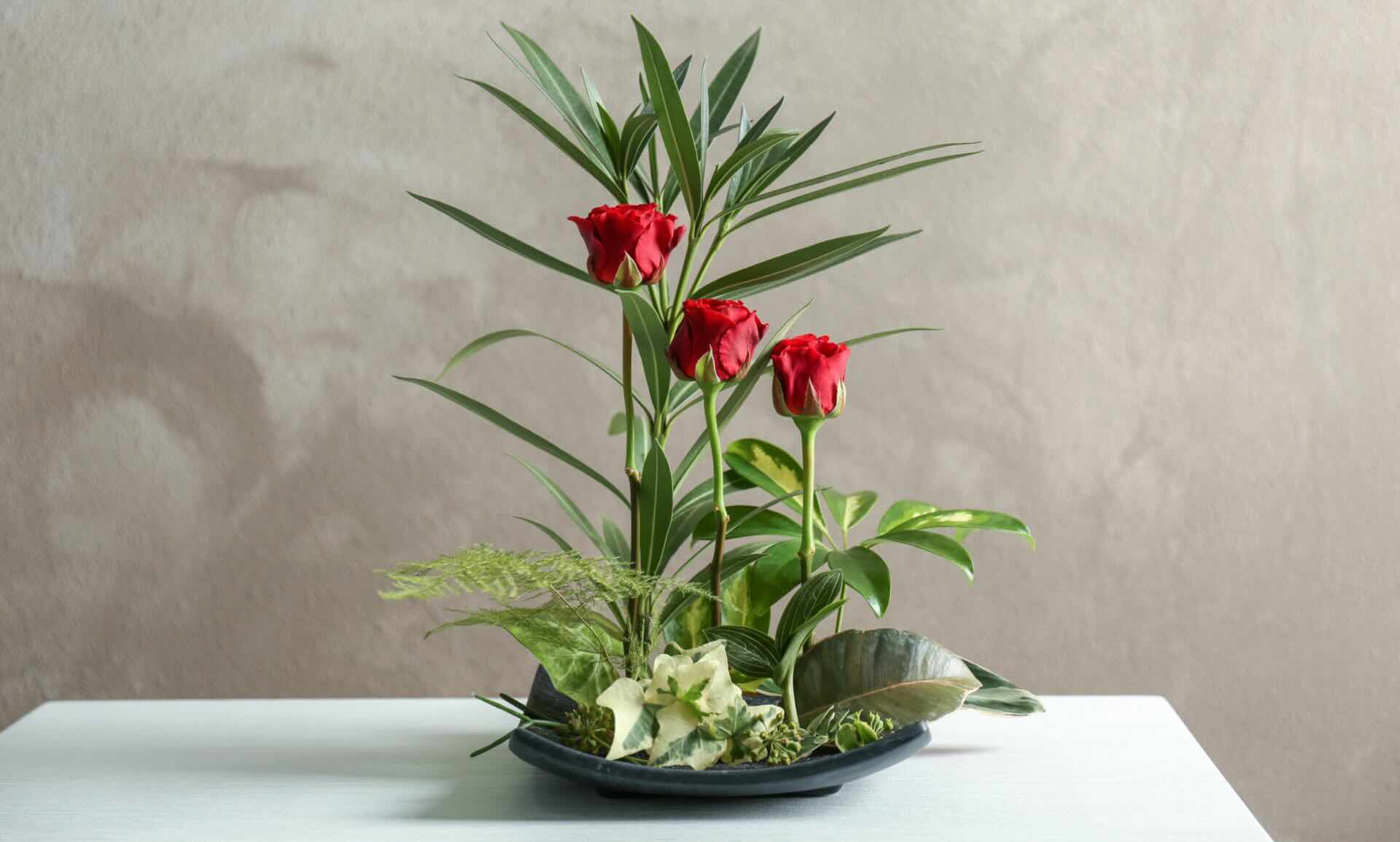
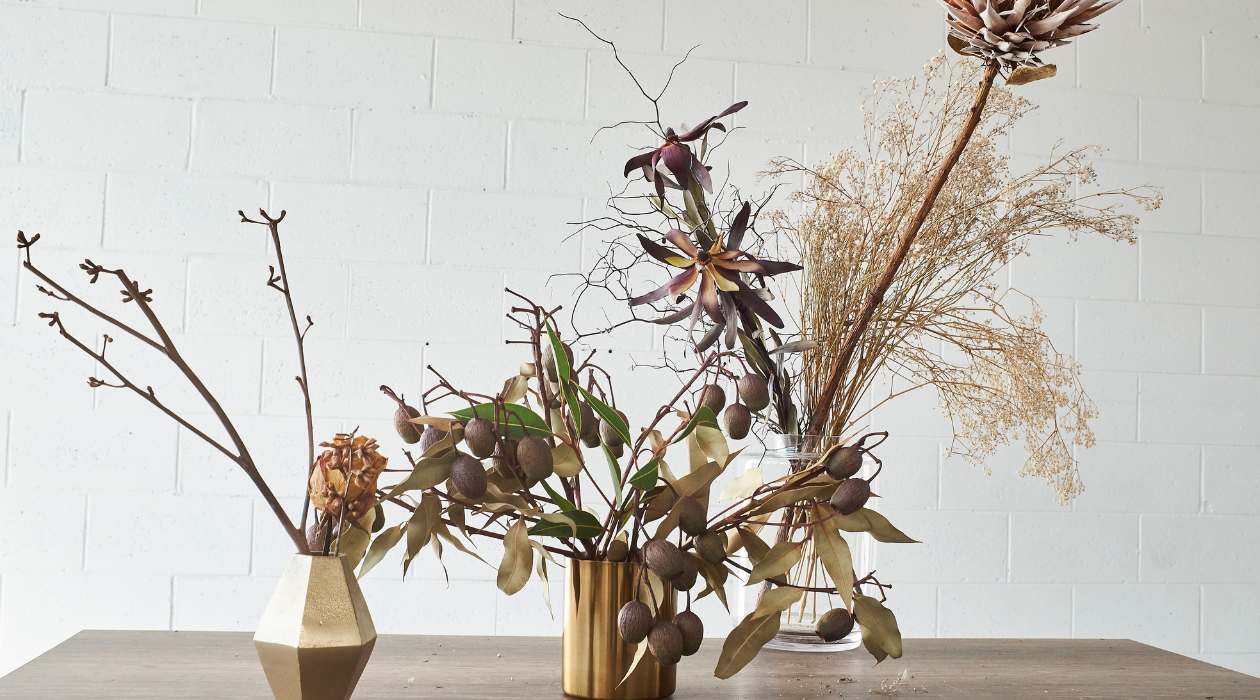

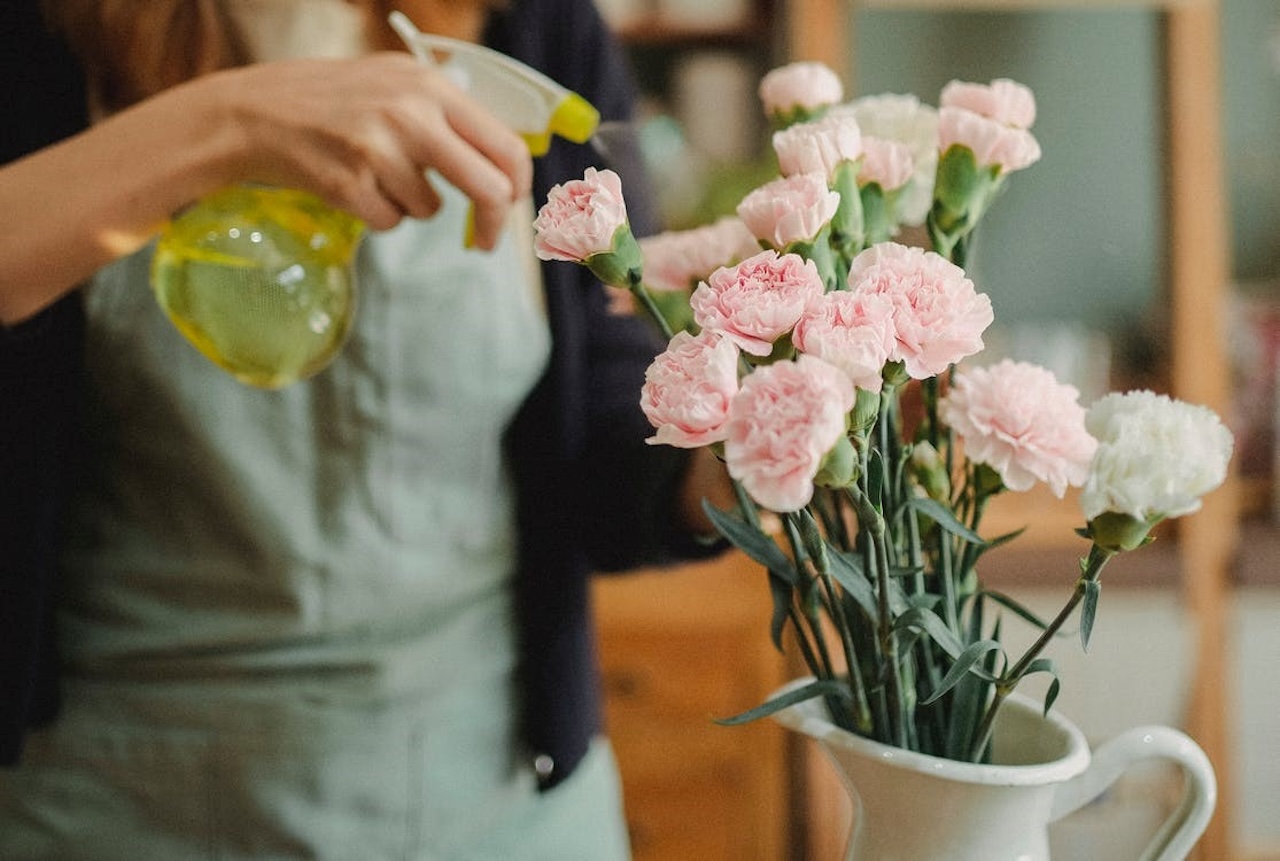
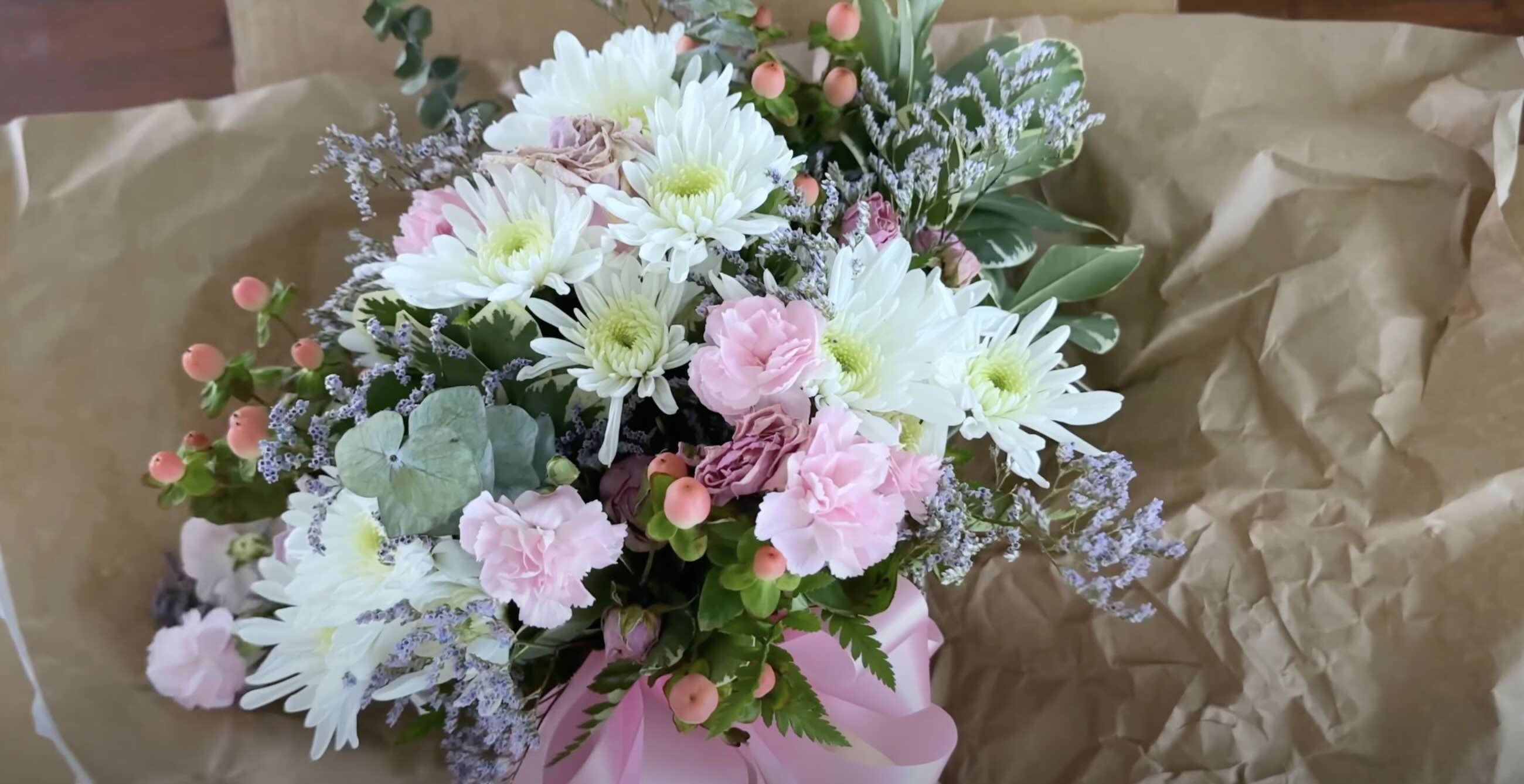
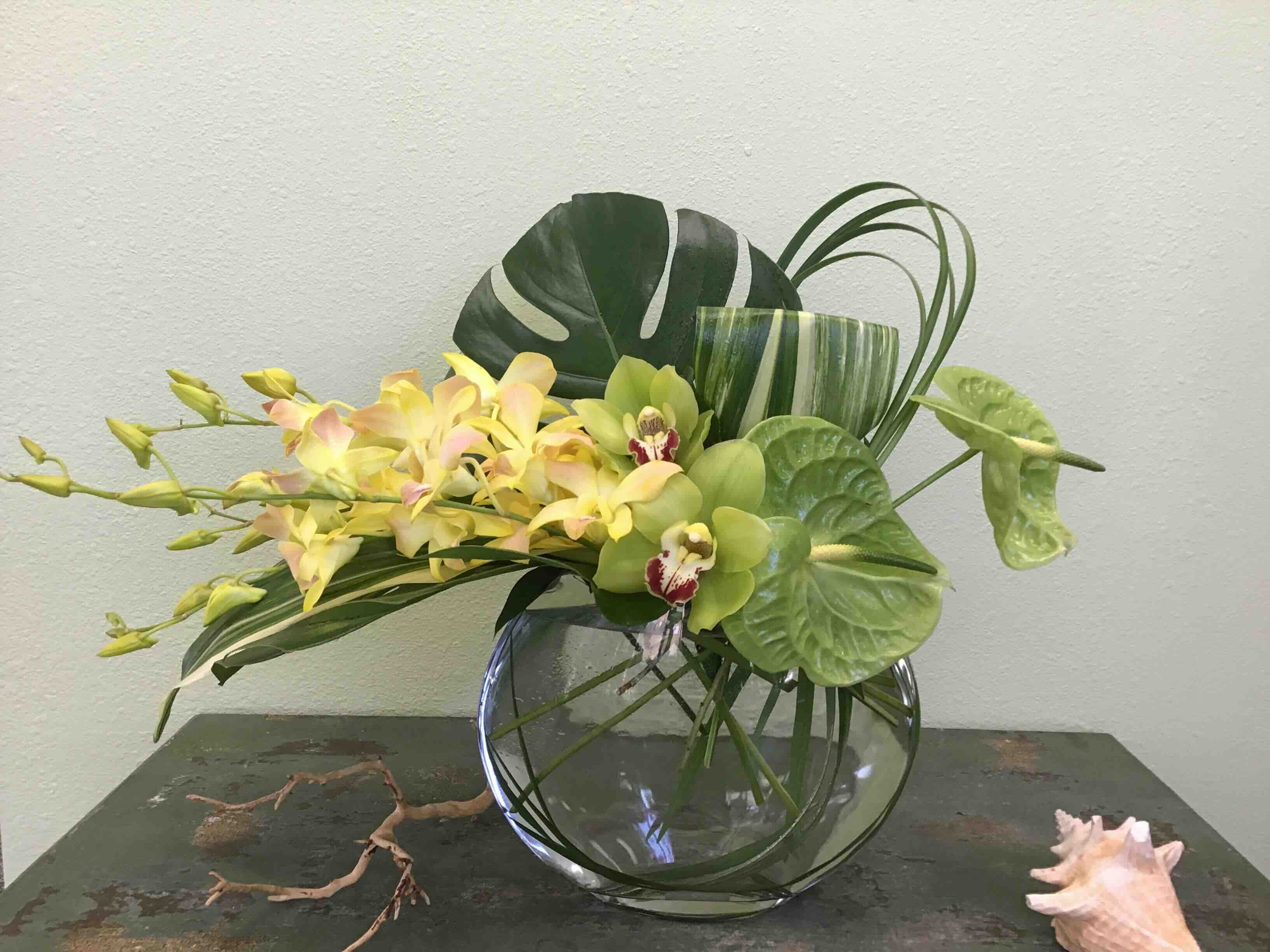
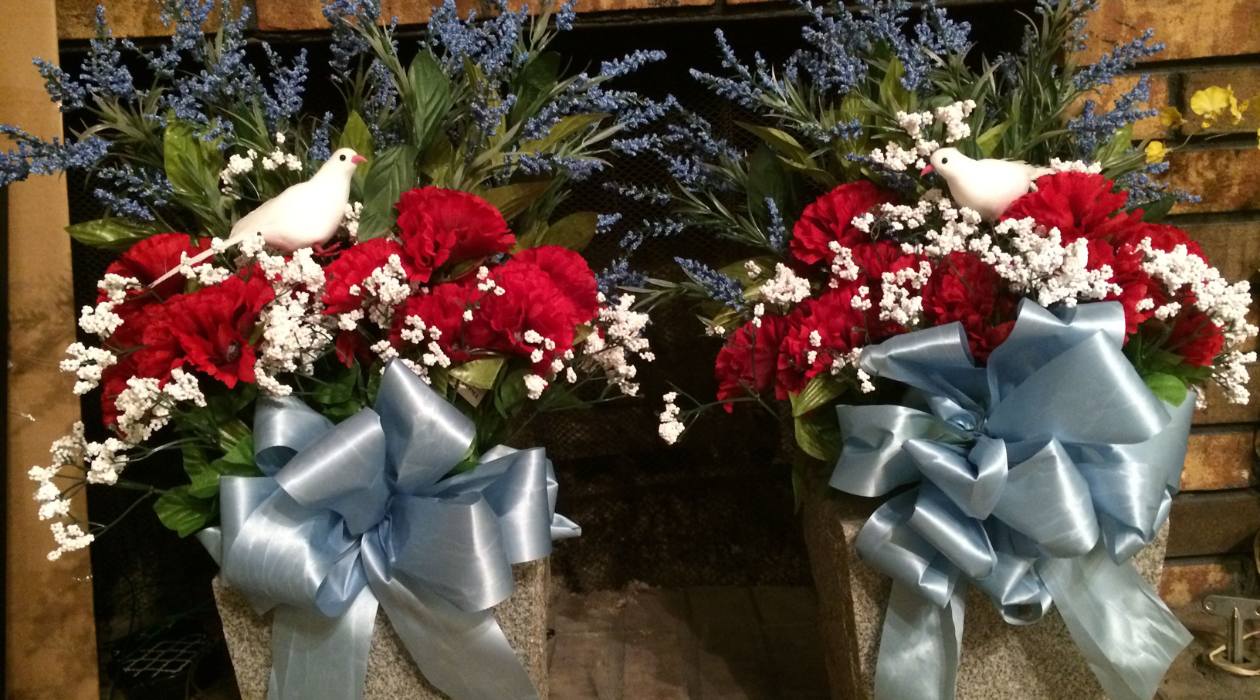
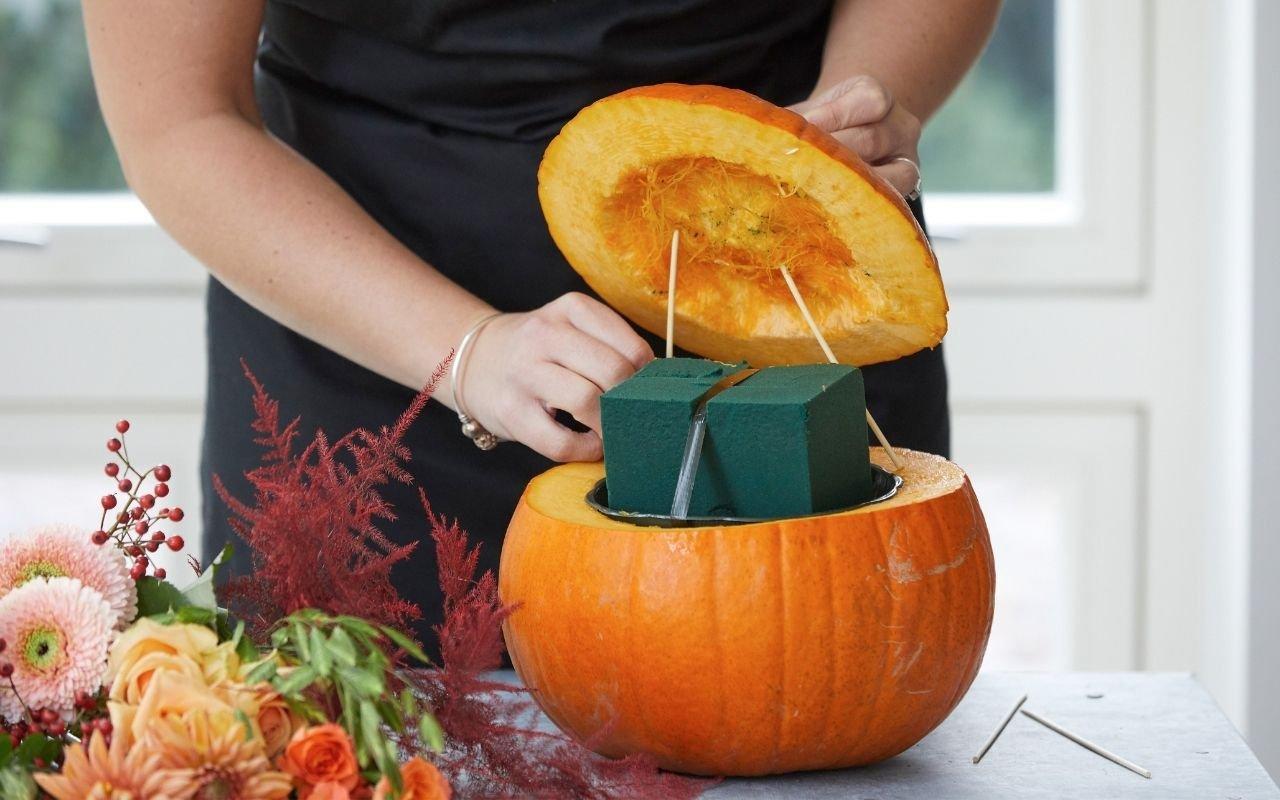
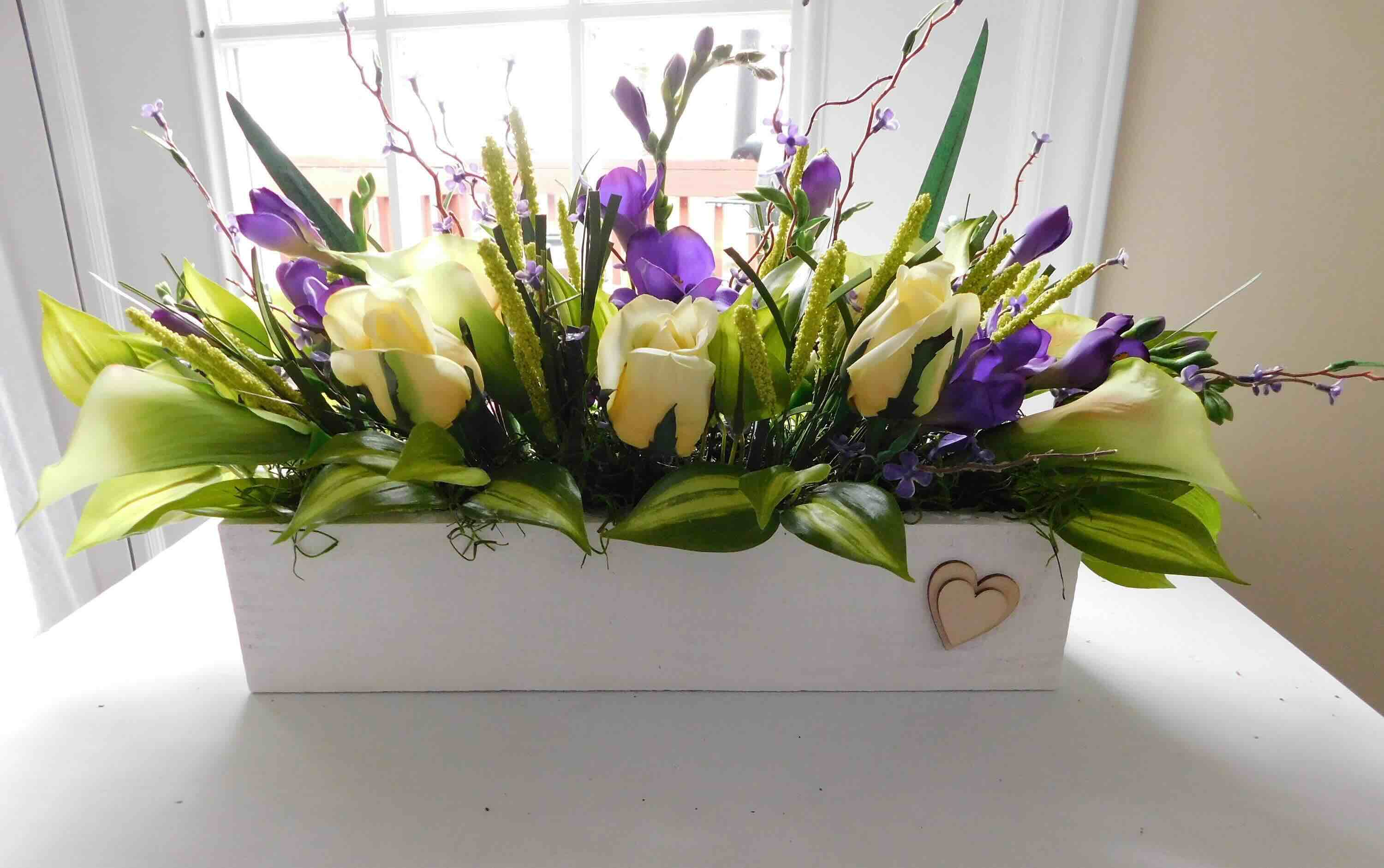
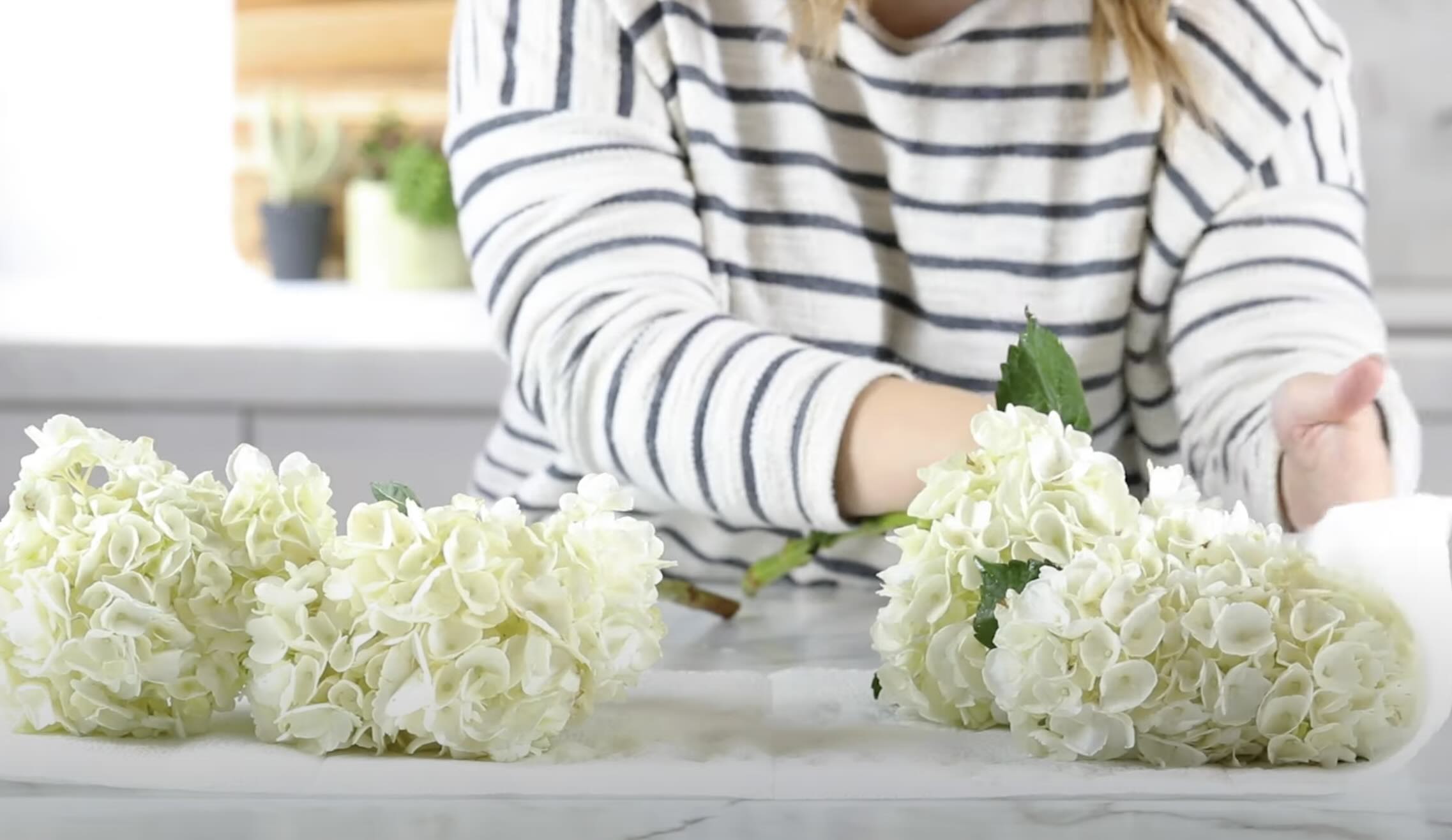

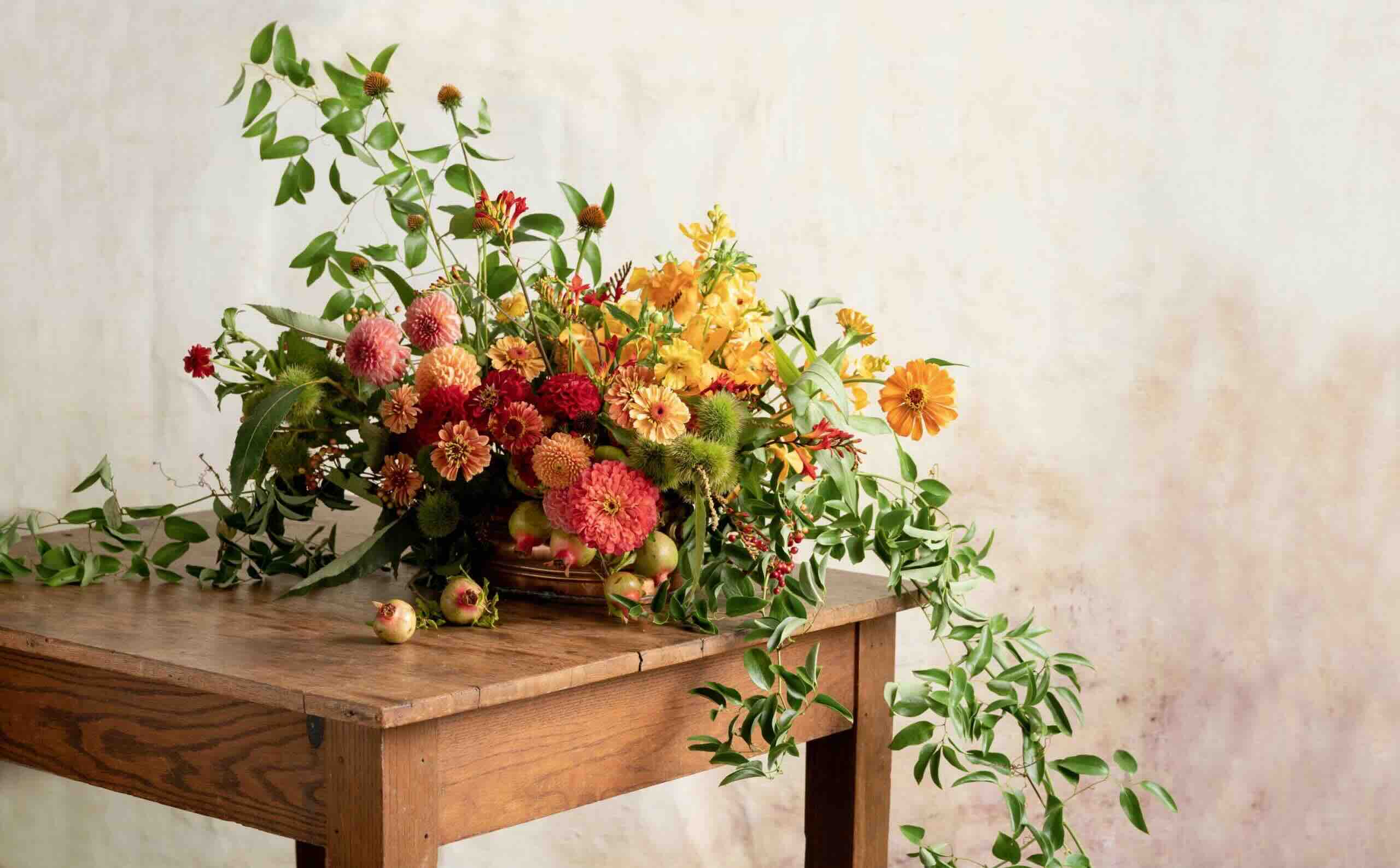
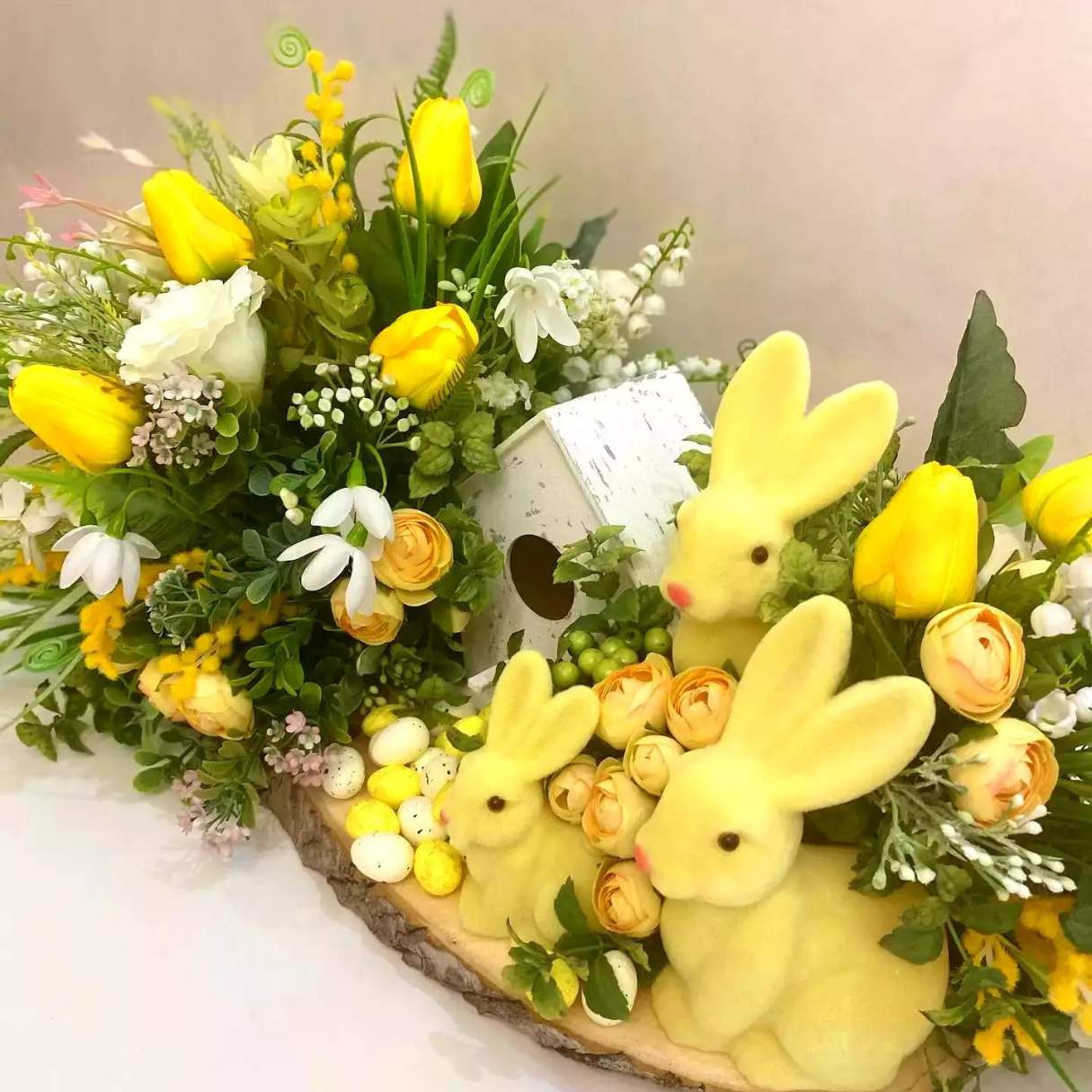
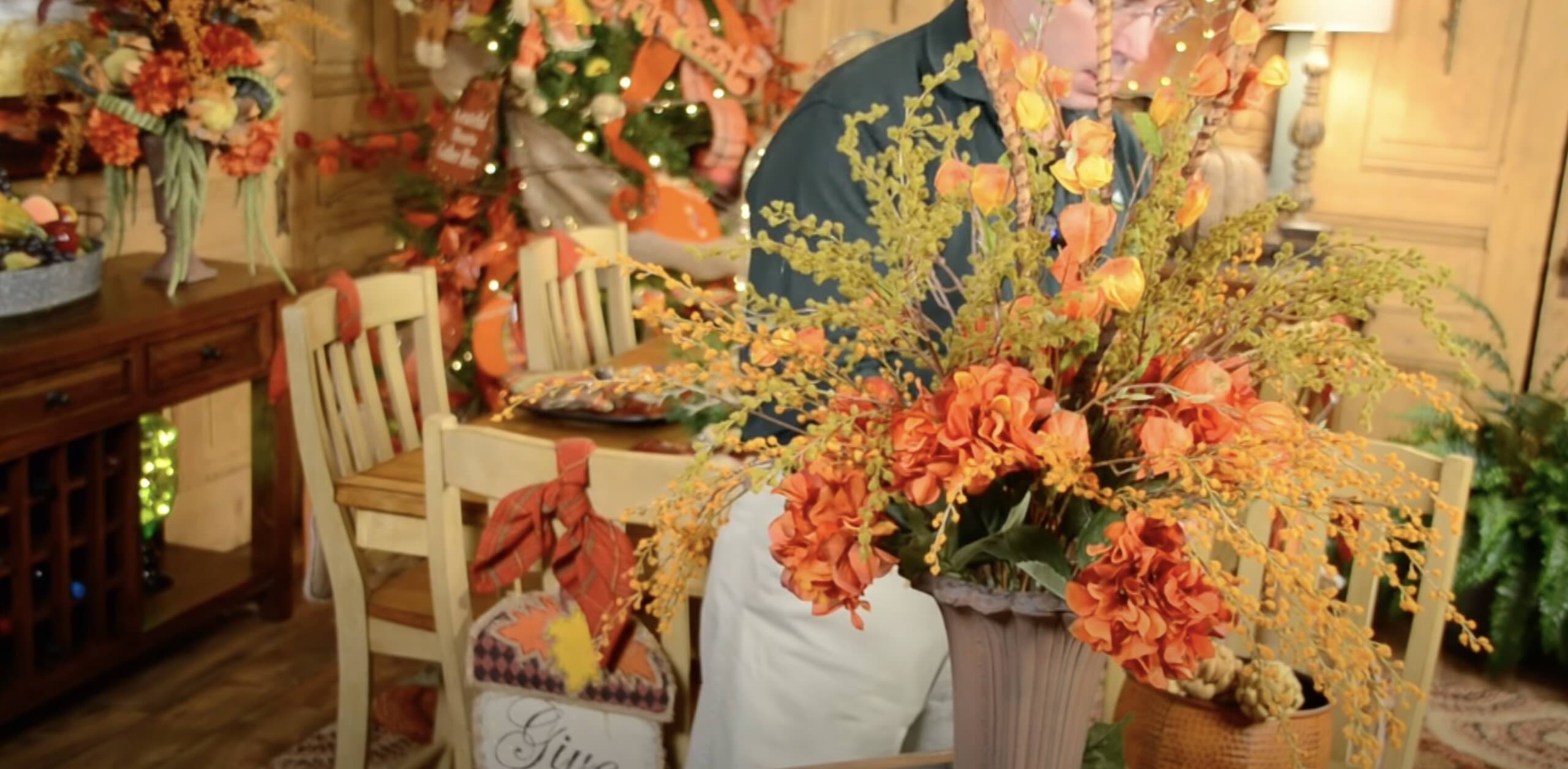

0 thoughts on “When To Pick Cattails For Floral Arrangements”